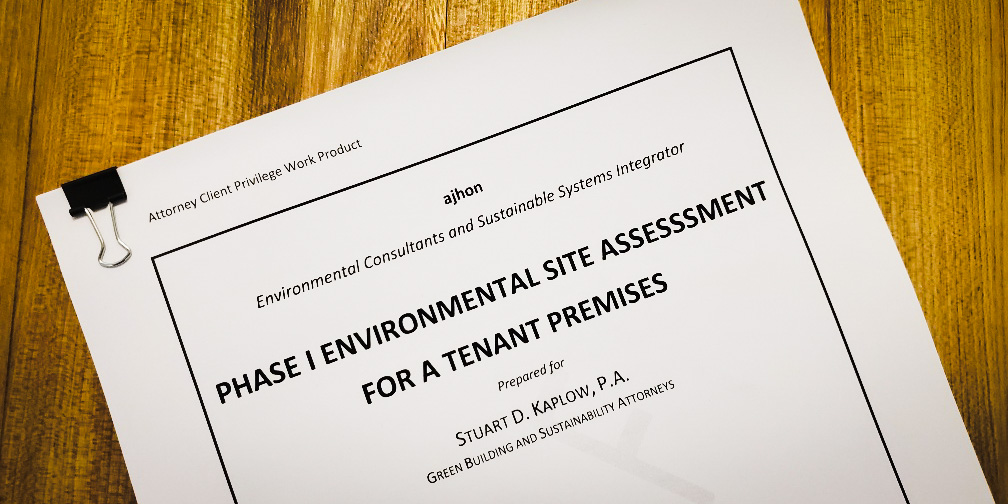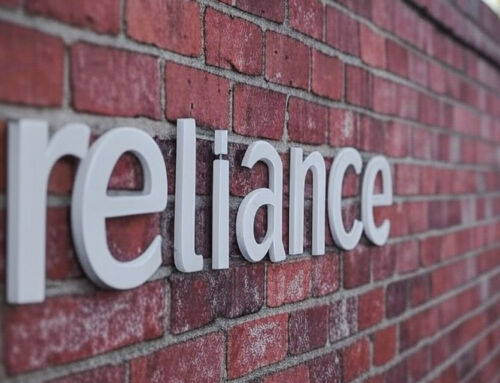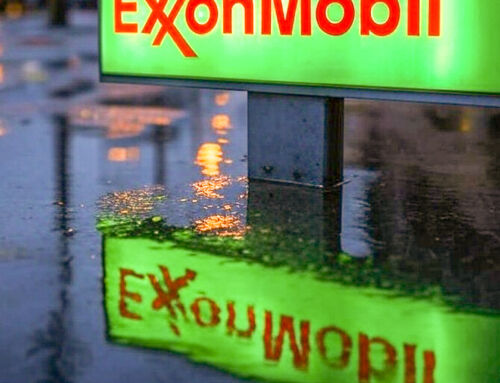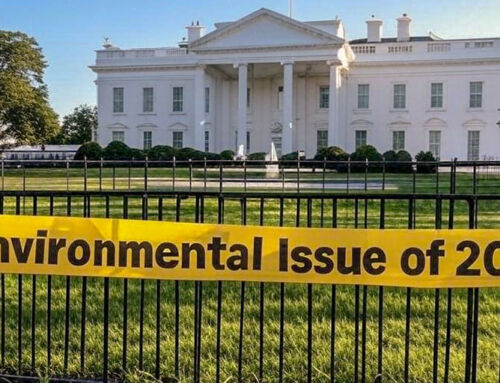View by Topic
Recent Articles
-
Reliance Letters: An Essential Part of Phase 1 Environmental Site AssessmentsSaturday, February 8th, 2025
-
Reverse Greenwashing: The Battle Over ExxonMobil’s RecyclingSaturday, February 1st, 2025
-
Anatomy of an Executive Order: Stopping the WindSaturday, January 25th, 2025
-
Citizens and Businesses Join Suing Maryland to Halt BEPSMonday, January 13th, 2025
-
The Change in Administration will be “the” Environmental Issue of 2025Saturday, January 4th, 2025
View by Month/Year
“Green Building Law Update” Headlines
Recent Articles & News from
Stuart Kaplow’s blog
at GreenBuildingLawUpdate.com
- Reliance Letters: An Essential Part of Phase 1 Environmental Site Assessments February 9, 2025
- Reverse Greenwashing: The Battle Over ExxonMobil’s Recycling February 2, 2025
- Anatomy of an Executive Order: Stopping the Wind January 26, 2025
- Maryland Governor Proposes to Ration Electricity January 19, 2025
Subscribe to the Green Building Law Update!
Stuart Kaplow brings his expertise and extensive experience to the table with his unique digital publication, "Green Building Law Update". Subscribers receive regular updates to keep them informed about important issues surrounding Environmental Law, Green Building & Real Estate Law, as well as the emerging demand for Environmental Social Governance (ESG).
Get fresh content through the lense of Stuart Kaplow's cutting-edge expertise, innovative commentary and insider perspective. Don't miss another issue! Subscribe below.

I Just Read my 1000th Phase I Environmental Site Assessment this Year
For those concerned about the state of the environmental industrial complex during the coronavirus disease 2019 pandemic, I can report that last Friday I reviewed my 1,000th Phase I Environmental Site Assessment this year. In context, last year I did not hit that 1,000 mark until late September, and while it is an unscientific indicator, because it is often a gateway assessment into matters of environmental law, I find, annually, it is an accurate gauge of environmental law activity.
So, I can report the state of the business of the environmental in the U.S. is strong. There is great opportunity for those who seize it.
The majority of our work in reviewing Phase I Environmental Site Assessments is for lenders across the country, much of that undertaken by a non law subsidiary of this law firm, but the fastest growing segment in this space, by far, is Phase Is for commercial tenants.
As a result of an amendment to the Superfund law for the first time making clear that tenants can qualify as bona fide prospective purchasers, protected from cleanup costs from the presence of hazardous substances on a property, is prospective tenants are now ordering Phase l Environmental Site Assessments to take advantage of the new liability protections in the federal law.
Buried in the more than 800 page Consolidated Appropriations Act signed on March 23, 2018 were the very few words of Division N, the ‘‘Brownfields Utilization, Investment, and Local Development Act of 2018’’ (the BUILD Act).
The Comprehensive Environmental Response, Compensation, and Liability Act of 1980 (CERCLA, commonly referred to as Superfund), 42 U.S.C. § 9601 et seq., provides an important liability protection, including from cleanup costs, for parties who qualify as bona fide prospective purchasers (BFPPs).
The potential applicability of the BFPP protection to a tenant who leases contaminated or formerly contaminated real estate has been the subject of debate for the decades since the CERCLA’s enactment. The cases interpreting CERCLA make clear that the mere execution of a lease does not necessarily make a tenant liable as an owner or operator under the law. But courts have acknowledged uncertainty regarding the potential liability of tenants under CERCLA including because a tenant may be an operator of the property as well as a responsible person, but tenants had previously lacked any express protection in the Superfund laws. A prospective tenant may now to seek BFPP treatment in the event of a future federal CERCLA cleanup action at the leased property or simply to ensure appropriate environmental stewardship of the property.
Such is a dramatically large issue with the economic contribution of real estate to the U.S. economy, when in any given year the vast majority of real estate transactions are leases and not contracts of sale. In 2020, an increasingly large number of prospective tenants, from commercial banks to sports apparel retailers and the defense industry are actively seeking protection from existing contamination before signing leases.
Eighteen years ago, in 2002, as part of the Small Business Liability Relief and Brownfields Revitalization Act, the BFPP definition was amended to include the parenthetical phrase “(or a tenant of a person)” in the description of who can claim the BFPP defense, but there was no other direction on the treatment of tenants.
EPA later issued guidance in 2012 on the treatment of tenants as BFPPs, providing that a tenant could only derive it BFPP status through the property owner, and that status was limited to “so long as the owner maintains its BFPP status.” So while instructive, it provided little, if any, comfort to tenants.
This 2018 BUILD Act addresses the uncertainty dating to 1980, by amending CERCLA § 101(40) including by in subclause (II), by inserting
‘‘, by a tenancy, by the instruments by which a leasehold interest in the facility is created,’’ ..
And in that subsection, the term “bona fide prospective purchaser” has been amended to mean,
“(ii) a person who (I) who acquires a leasehold interest in the facility after January 11, 2002; (II) who establishes by a preponderance of the evidence that the leasehold interest is not designed to avoid liability under this Act by any person; and ..”
Which has the macro effect of increasing the value of many commercial and industrial properties making reuse viable, obviating one of the longstanding criticisms of CERCLA, that the law limits urban redevelopment across America, and the micro effect of mitigating a tenant’s risk in an individual leasehold, by allowing a tenant to avoid CERCLA liability by any of the following three means:
One, establishing the landlord is a BFPP because that landlord completed the “all appropriate inquiries” as required by federal law (including with a Phase I Environmental Site Assessment); or two, establishing that the landlord completed all appropriate inquiries, but later failed either with compliance or to complete additional requirements; or three, establish the tenant itself, as the BFPP, by completing all appropriate inquiries prior to acquiring the leasehold interest and maintaining compliance with the additional requirements, if any.
A tenant can now assert, without having to rely on the landlord’s status, the innocent landowner defense being protected from CERCLA liability including cleanup costs from the presence of a hazardous substances on the property.
In this year when cursed energy is “out” and dark energy is “in” Phase I Environmental Site Assessments ordered by prospective tenants are in.
As a pendent matter, when a Phase I Environmental Site Assessment report exists, it may now as a result of the 2018 Build Act be material information, under state law, that a real estate broker is obligated to disclose to a prospective tenant.
Concomitantly, should the Phase I Environmental Site Assessment reveal a recognized environmental condition, a tenant could seek protection as a “inculpable person” not liable for existing contamination under state Brownfield laws.
In 2020, the state of the environmental industrial complex is strong. Among the opportunities being seized upon are that a prospective tenant for commercial and industrial properties are now ordering a Phase I Environmental Site Assessment.









